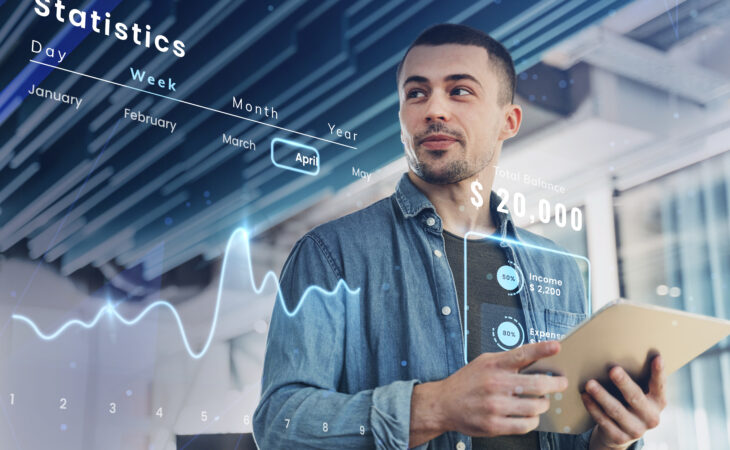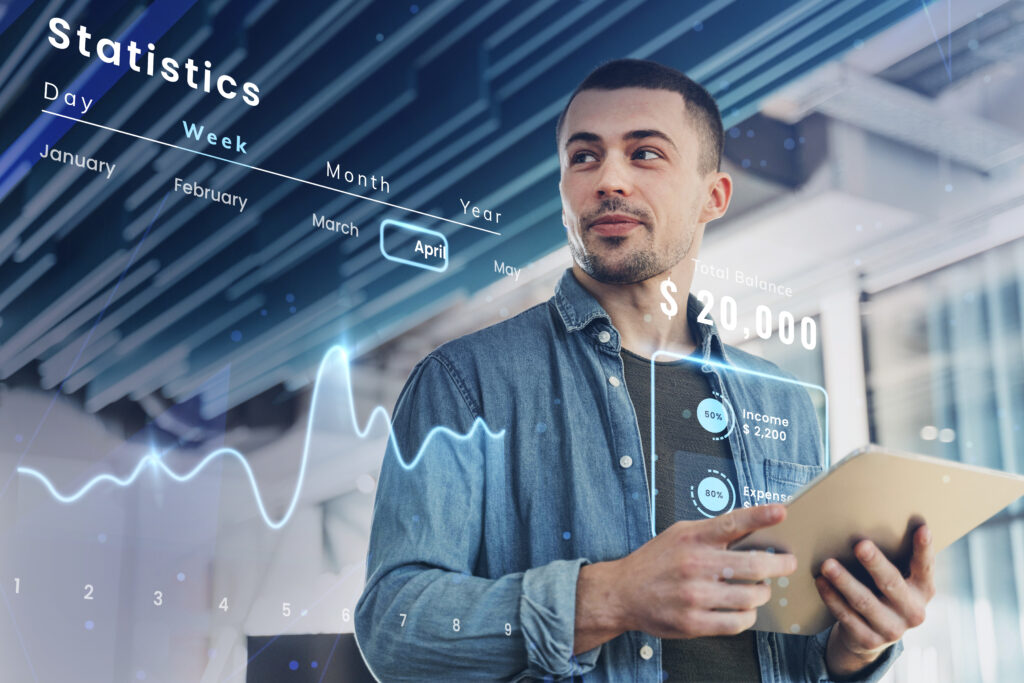
A warehouse recently saved time and money by optimizing the way tasks are managed on the floor. The use of computer vision ensured stacks of goods were analyzed and sorted without the need for human intervention. Meanwhile, a large manufacturing unit was able to detect employees not equipped with safety gear without the need for personal monitoring. Somewhere, a drone was utilized to monitor crops as farming turned smarter with the merging of technology. In another city, parking space was monitored with the support of computer vision applications that make it easier to detect vacant lots. A common thread in all these examples is the ease of use, endless hours saved, and cutting down on expenditure with automation at its core. Welcome to the world of Artificial Intelligence that simplifies complex tasks allowing business owners to focus where needed – innovation.

Digital transformation is touted to change your business forever. However, Artificial Intelligence (AI) is considered the central force of this transformation. AI is not about replacing what humans do. Rather, AI is that potent force that supports companies to be even more innovative, adapt easily to rising demands, and be highly flexible in their approach.
Can AI augment transformation? How can it support businesses to grow? Let’s find out.
Artificial Intelligence is central to making a machine understand and learn from experience. AI enables machines to perform tasks just as humans do. We have all seen AI at work in the form of chatbots on websites, or robots that are trained for a specific task. Technologies such as Machine Learning (ML), Natural Language Processing (NLP), and Deep Learning (DL) all form the foundation for the way AI plays out its responsibilities in various roles.
Machine Learning supports a computer to discover deep insights into the data without the need for detailed instructions. It uses a set of algorithms that are meant to understand and interpret patterns in the data. NLP powers computers to understand and analyze large sets of natural language data. The use of NLP enables a computer to understand human language (verbal and written). Deep Learning, which is considered a type of Machine Learning, supports to predict and classify information while eliminating the dependency on human intervention.
Computer vision uses a combination of Machine Learning and Neural Networks that are fed into computers enabling machines to extract meaningful information from images, videos, and more. It can be considered as a method to train machines to see what humans do and perform the same functions in little time. The ability to analyze numerous data within minutes makes it an important inclusion for organizations.
Implementing AI with Ease
Let’s face it, most businesses do not have the resources to build solutions that analyze and process data within minutes. Many wouldn’t even have the time to use human resources for complex issues. The use of complex technologies to create a computing power of massive strength requires greater investment, time, and technical expertise.
Equations Work (India) has successfully implemented AI-based applications that are designed to offer innovative solutions for complex tasks designed for organizations with increasing needs.
Need support here